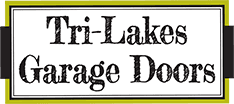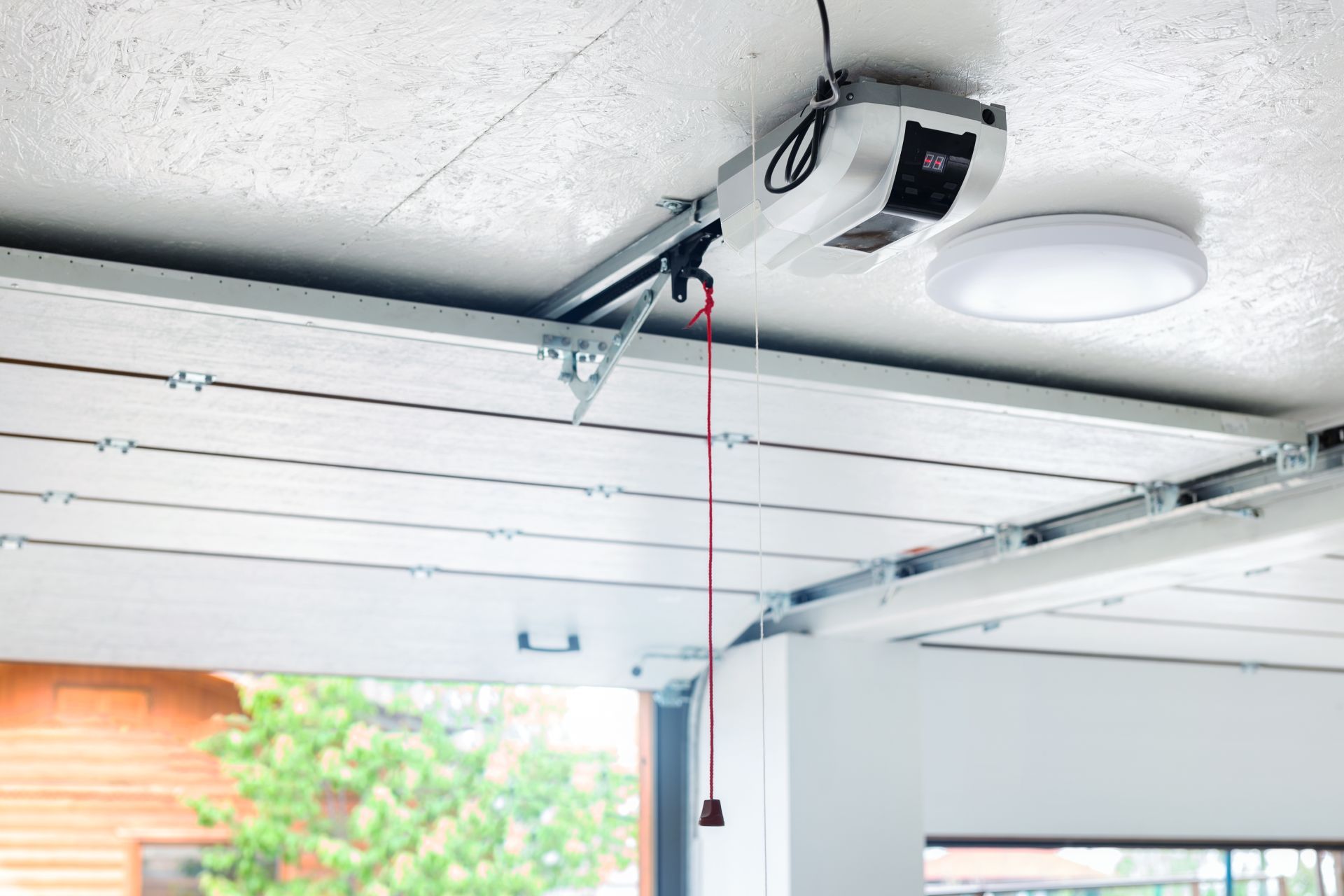Mastering Garage Doors: A Comprehensive Garage Doors Guide
Welcome to the definitive guide on garage doors! Your garage door significantly impacts your home's convenience, curb appeal and security. We have the information you need, whether you're looking into replacement, installation or want to learn more about the fundamental elements of garage door selection and maintenance. This garage doors guide will examine different garage door styles, evaluate other garage door materials, and even go over the garage door installation process. Let's start now!
Guide to Different Types of Garage Doors
There are many different types of garage doors, each with unique qualities and advantages:
Garage Doors That Roll Up
Coiling doors, sometimes called roll-up garage doors, are excellent for conserving space. They are perfect for garages with little headroom since they vertically coil up into a little coil above the opening. These doors are strong and require little upkeep.
Sectional Garage Doors
Multiple horizontal pieces with independent motion make up sectional garage doors. You may park close to the door without hindering its movement because it opens and closes vertically. They are renowned for their insulating capabilities and energy efficiency.
Door Hinges on the Side
Garage doors with side hinges open horizontally like classic carriage doors. They are a fantastic option for those looking for a distinctive style because of their traditional and rustic design. Side-hinged doors come in a variety of materials and are frequently customized.
Overhead Garage doors
A single panel on up-and-over garage doors, also known as canopy garage doors, tilts up and slides back into the garage. They are relatively simple to maintain and give your vehicle plenty of room. These doors are available in a range of materials and styles.
Garage Doors That Slide to the Side
Garage doors that slide to the side move horizontally along the wall. When there is limited ceiling space, they make a great choice. These doors are renowned for operating quietly and smoothly.
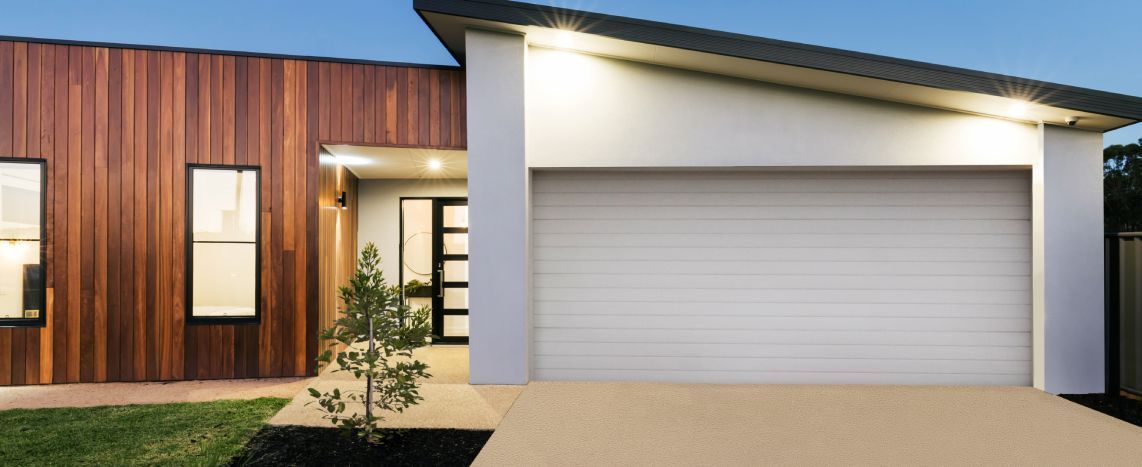
Comparing Materials
It's essential to choose the proper material for your garage door while taking climate, maintenance, and aesthetic considerations into account:
Timber Garage Doors
Wood garage doors have a classic, refined appearance. They can be altered to fit the architectural style of your house. Wood doors need routine upkeep to keep them free from dampness and insects.
Steel Garage Doors
Steel garage doors come in various designs and coatings and are robust and low-maintenance. They provide excellent insulation and security. Modern steel doors may resemble wood or they can be sleek and contemporary in style.
Aluminum Garage Doors
Aluminum garage doors are an excellent option for coastal areas since they are lightweight and rust-resistant. They are renowned for their contemporary, sleek appearance and can have glass panels for improved aesthetics.
Fiberglass Garage Doors
Fiberglass garage doors are strong and immune to corrosion, dents, and fractures. They can resemble wood in appearance and provide superior insulation.
How to Install a Garage Door
It's advisable to leave the complicated task of installing a garage door to experts. It requires exact measurements, electrical connections, and spring tension changes. A skilled installation guarantees that your door performs effectively and safely. Tri-Lakes Garage Doors' staff can assist you with your garage door requirements. We can help whether you're considering a new installation, need a replacement garage door, or require professional advice. If you want to install the garage door yourself, read ourstep-by-step garage door installation guide.
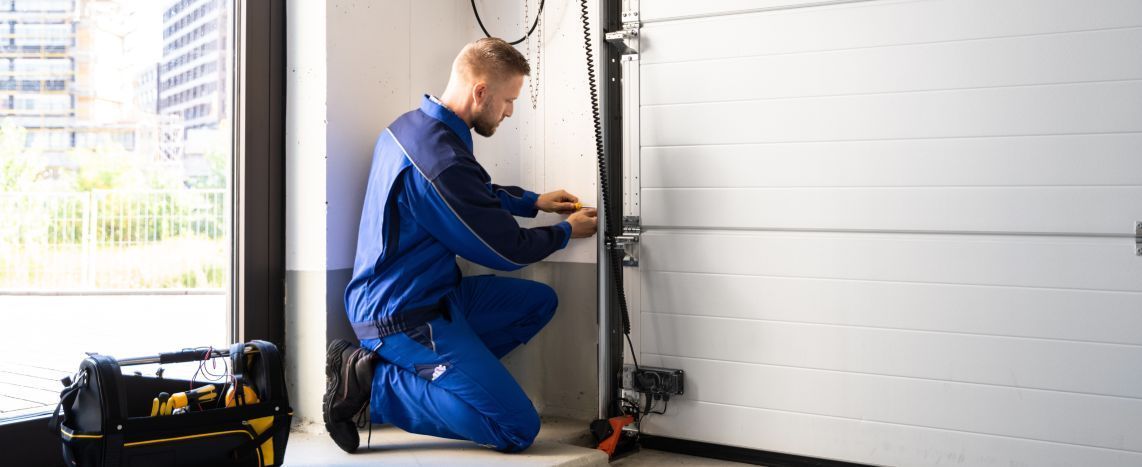
Garage Doors Troubleshooting Guide: Common Problems and Solution Tips
Like any piece of machinery, garage doors are a complex system with many moving parts that occasionally experience problems. Here are some typical issues you could have and solutions:
Loud garage doors
A loud garage door can be very annoying. Parts that are worn out or have poor lubrication are the most frequent causes of noise. Regularly apply high-quality garage door oil to the moving parts, such as the rollers, hinges, and springs. Consider replacing the old rollers with new nylon ones if the noise persists.
Off-Track Garage Door
A garage door that has gone off its track should not be opened since it may be hazardous. It could get worse if you try to push it back into place. Contact a professional to analyze the condition and adequately realign the door on its track.
Garage Door Opener Issues
If your garage door opener is malfunctioning, check if the remote batteries need to be changed. If that's not the problem, check for obstructions or misalignment in the photo-eye sensors on each side of the door. Make sure they are correctly aligned and clean. Consult a professional for additional evaluation and repair if the issue continues.
Broken Springs
The smooth operation of garage doors depends on the springs under extreme tension. Avoid repairing a damaged spring yourself because it might be quite risky. To repair the spring safely, contact an experienced garage door technician.
Addressing Garage Door Issues Caused by Weather
Extreme weather might have an impact on the operation of your garage door. Lubricants may thicken in cold temperatures, slowing down the process. Use a low-temperature garage door lubricant, if possible. Metal components may expand in warmer weather, causing alignment problems. These weather-related issues can be prevented with routine maintenance.
Problems With the Keypad and Remote
Check the batteries first if your keypad or remote control for your garage door isn't functioning. If everything is in order, reprogram the keypad or remote according to the manufacturer's instructions. If the problem persists, it can be a case of signal interference. Ensure there are no nearby electronic gadgets that could interfere with the transmission.
Sloppily Fixed Garage Door
A sagging garage door can be both a cosmetic problem and a practical problem. Usually, inadequate support or damaged or weakened horizontal struts are to blame. A qualified technician can reinforce or replace the struts to restore the door's balance.
Sluggish Reaction Time
When you push the opener button on your garage door and it takes a while to open, there may be an issue with the wiring, photo-eye sensors, or opener. Verify the sensors' alignment and cleanliness. Consult a specialist to identify and fix the problem if it continues.
The Garage Door Doesn't Fully Close
A problem with the limit settings on the opener may cause your garage door not to close completely. To learn how to modify the limitations so the door shuts correctly and doesn't needlessly reverse, consult the opener's user handbook.
Sudden Reversal
When they run into an obstruction, garage doors have safety measures that cause them to reverse. If your door unexpectedly changes while it is being used, look for impediments in its path and remove them. Call a specialist to check and adjust the safety sensors if the issue persists.
It's essential to remember that garage door problems can range in complexity, and safety should always come first. While homeowners can fix certain types of problems, others necessitate the assistance of a qualified professional. Feel free to contact Tri-Lakes Garage Doors if you need help with a garage door issue or run into a more complicated one. We're here to assist you in controlling the operation of your garage door so that it runs efficiently and securely. Our major priorities are your happiness and peace of mind.
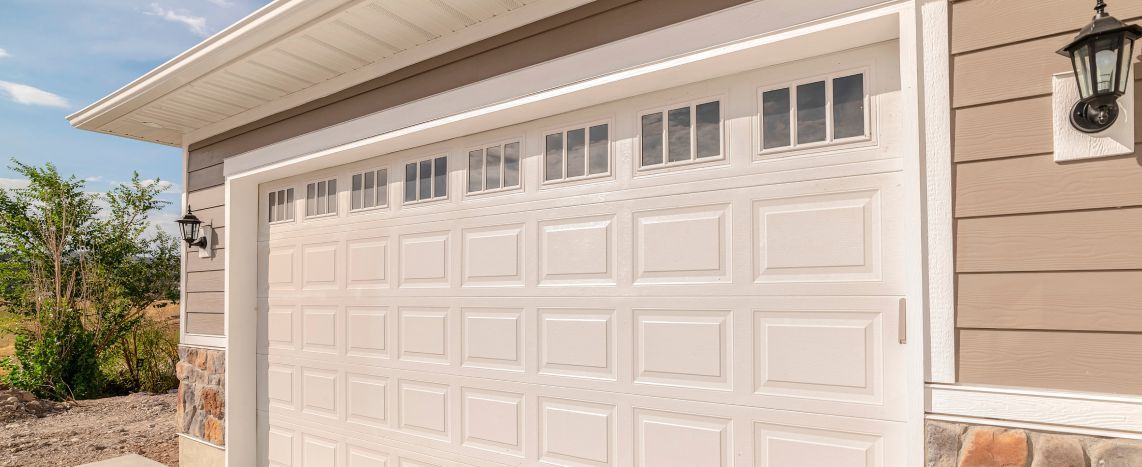
Garage Doors Guide for Routine Maintenance
Your garage door is a crucial element that guarantees your safety, convenience, and the protection of your possessions. It is more than just a practical feature of your house. Routine maintenance is essential to keep it in top functioning condition, avoid unexpected breakdowns, and increase its longevity.
Why Maintenance Is Important
- Safety first: A well-maintained garage door is secure. Due to their weight, garage doors can threaten your family, pets, and you. Potential safety issues are easier to spot and fix with routine maintenance.
- Improvements in Security: Your garage frequently stores priceless valuables, such as your car and tools. Your property may become a target for burglaries if your garage door isn't working correctly. Keeping it in good shape guarantees it will continue to be a strong barrier against unauthorized visitors.
- Cost-Effectiveness: Performing routine maintenance is far less expensive than dealing with significant repairs or replacements. Minor problems that go unattended might develop into serious, expensive difficulties later.
- Convenience: You'll find it convenient to have a garage door that runs quietly and smoothly daily. You won't have to contend with a jammed door or one that produces loud noises.
DIY Upkeep Advice
There are various actions you can take as a homeowner to ensure your garage door stays in good condition, even if some maintenance jobs require the skills of a professional.
Visual Examination
Visual inspection is a straightforward but crucial step. Check frequently for:
- Check for dents, cracks, or signs of warping on damaged panels. Panels that are damaged may compromise the door's structural stability.
- Hardware: Check the tightness of all the nuts, bolts, and screws. Replace any hardware that is missing or harmed.
- Check the cables and springs for evidence of deterioration or fraying. Make an appointment with a specialist for repair or replacement if you see any problems.
- Tracks and Rollers: Verify that the rollers roll easily along the trails. If you see any debris on the tracks, clean them and lubricate them with a silicone-based lubricant.
Lubrication
A smooth-operating garage door requires proper lubrication. Apply lubricant with a silicone basis to:
- Rollers: At least once a year, lubricate the rollers. Avoid using lubricants that contain oil since they might draw dirt and other particles.
- Hinges and Bearings: To stop creaking and ensure smooth movement, lubricate the hinges and bearings.
- Springs: Even though, due to their high tension, it is typically not advised for homeowners to lubricate the springs themselves, you can visually inspect them for any problems and contact a professional if necessary.
Balance Test
For a garage door to operate correctly, it must be balanced. To determine the balance, do the following:
- Pull the release handle to detach the door opener.
- Raise the door halfway manually. It is balanced if it stays put. A specialist must adjust it if it rises or falls.
Weather Stripping
Examine the weatherstripping for damage near the bottom of the door. If your weather stripping is damaged, your garage may become drafty and home to vermin. If it has to be replaced, get new insulation.
Garage Door Openers
To make sure your garage door opener is functioning properly, test it frequently. Verify that safety precautions, such as the auto-reverse system, are operating as intended. Make repairs by calling a technician if you discover any problems.
Dedicated Maintenance
Even though you can perform some maintenance procedures on your own, you should arrange a professional inspection and tune-up at least once a year. Professionals who work with garage doors have the knowledge and tools necessary to recognize and resolve potential problems that may not be visible.
When performing expert maintenance, the technician will:
- Examine the entire system, paying attention to the opener, springs, wires, rails, and every other moving component.
- The springs will be adjusted for the best balance and safety of the door.
- Check the safety precautions and ensure the photo-eye sensors and auto-reverse mechanism function properly.
- Hardware will be tightened to prevent any loose parts. Check and tighten any nuts, bolts, and screws.
- To avoid potential issues, the technician will replace any components exhibiting wear symptoms.
- Lubricate moving parts because effective lubrication lowers friction and increases the lifespan of your garage door.
Routine maintenance is essential to guaranteeing your garage door's longevity, security, and safety. Simple DIY checks and annual expert inspections can let you enjoy the convenience of a well-functioning garage door while avoiding expensive repairs. Remember that a properly maintained garage door is not only a helpful asset but also a crucial component in maintaining the safety and security of your property.
Garage Door Opener Safety Features
Because they offer convenience and security, garage door openers have become essential to our daily lives. To secure the safety of your family and the longevity of your garage door system, it is necessary to understand and use their safety features. In this section of the garage doors guide, we'll examine the numerous safety measures present in contemporary garage door openers and how they help create a more secure and safe atmosphere within the home.
The Value of Safeguarding Garage Door Openers
Let's first understand why garage door opener safety is so important before we examine the safety features:
- Accident prevention: One of your home's heaviest moving objects is the garage door. It can present serious risks if safety precautions aren't taken, especially for kids and pets.
- Home security: Intruders can easily enter your home if your garage door is open. Safety measures prevent unauthorized access.
- Property Protection: A broken garage door may harm your car or possessions. Safety measures can decrease accident and property damage risk.
Let's examine the safety measures that are frequently present in garage door openers in more detail now:
1. The auto-reverse system
One of the most critical safety features of a garage door opener is the auto-reverse mechanism. It employs sensors to find anything or anyone blocking the door's path. The opener automatically reverses direction to stop injury or damage if an obstruction is detected while the door closes.
2. Camera Sensors
Photo-eye sensors are commonly positioned on both sides of the garage door opening, close to the ground. They give off an ethereal ray of light. The sensors alert the opener to halt closing and turn around if an object or human blocks this beam. Accidents involving children or animals are especially well-avoided by photo-eye sensors.
3. Manual Release
You should be able to open your garage door in case of a power outage or other issue. Most contemporary garage door openers contain a manual release feature that disengages the door's motor. You can now access your garage by physically lifting the door.
4. The Rolling Code Method
Rolling code technology is widely used in garage door openers to increase security. Every time the remote control is used, this technology generates a fresh, distinctive code.
We hope you enjoyed this comprehensive garage doors guide. For more information or a professional garage door installation,contact Tri-Lakes Garage Doors today!
